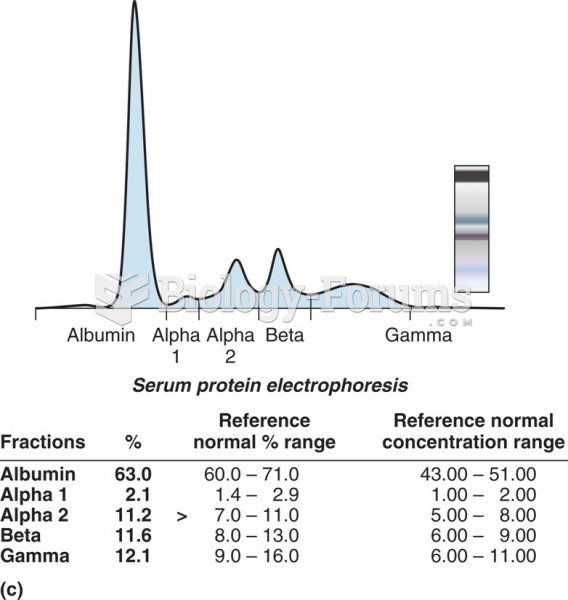Answer to Question 1
4
Rationale 1: Pre-experimental designs are those experimental designs that are weak and in which the researcher has little control over the research. This is not the case in this study.
Rationale 2: Quasi-experimental designs are those in which there is either no comparison group or subjects are not randomly assigned to a group. That is not the case in this study.
Rationale 3: The difference between an experimental study and a comparative study lies in the researcher's ability to manipulate the independent variable. In comparative studies, there is no manipulation of the independent variable. That is not the case in this study.
Rationale 4: The study contains all three elements of experimental design: (1) manipulation of an independent variable, (2) control/comparison group, and (3) random assignment of subjects to groups.
Global Rationale:
Answer to Question 2
2
Rationale 1: These rival explanations would also have the potential to reduce generalizability of findings, which is a threat to external validity.
Rationale 2: Extraneous variables, or competing explanations for results in experimental studies, are labeled threats to internal and external validity. Limited generalizability of results would result from a threat to external validity.
Rationale 3: Rival explanations or competing hypotheses that might explain study results are a threat to internal validity.
Rationale 4: This limited generalizability is a threat to external validity. This study also has rival explanations or competing hypotheses that might explain study results. This is a threat to internal validity.
Global Rationale:







